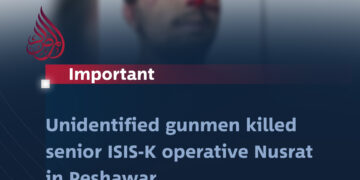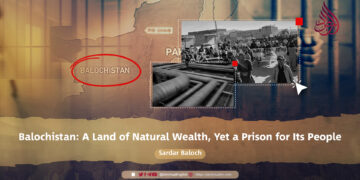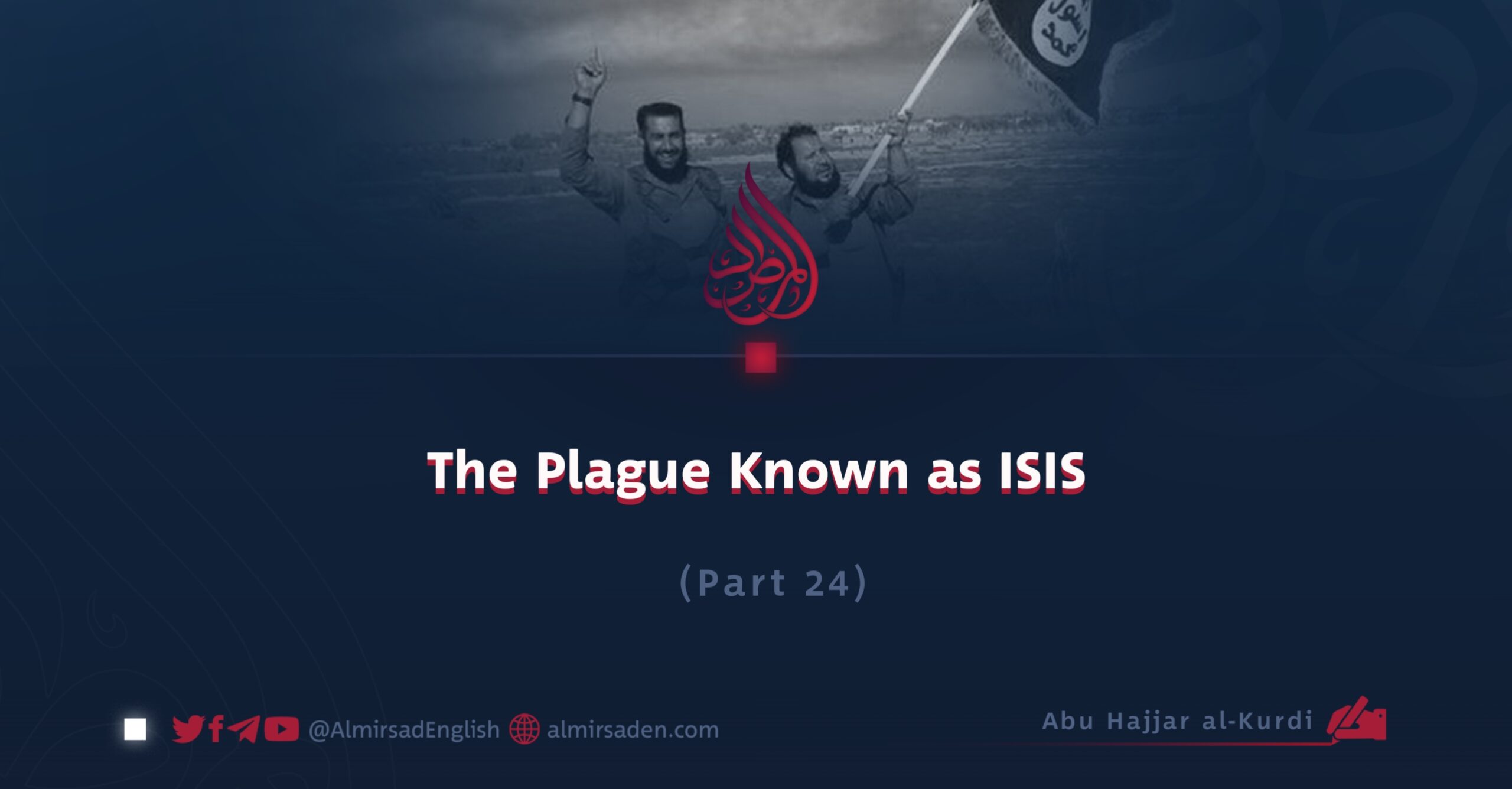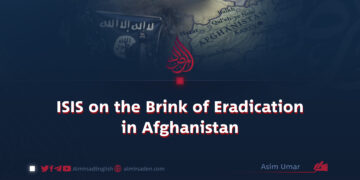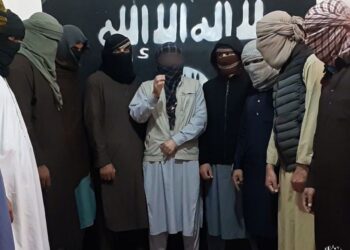Part 24
Abu Hajjar al-Kurdi
The Capture of Ramadi: A Betrayal Against Ahl al-Sunnah
Throughout its rise, ISIS has relied extensively on tactics grounded in deception, manipulation, and betrayal. Rather than confronting Shiite-majority areas directly, the group focused its brutality on Sunni regions, inflicting devastation upon the very communities it claimed to defend. One of the most tragic examples of this betrayal was the fall of Ramadi, the capital of Iraq’s Anbar Province. This predominantly Sunni city held strategic, symbolic, and geographic importance, making it a prime target in ISIS’s campaign of terror.
Ramadi, one of the largest Sunni-populated cities in Iraq, is located in a geopolitically critical area. Situated near the Syrian border and in close proximity to Baghdad, it has long served as a key theater in Iraq’s ongoing conflicts. Following ISIS’s dramatic rise in 2014 and its capture of Mosul, Ramadi became the group’s next major objective.
The Stages of Ramadi’s Fall
1. Initial Skirmishes
In late 2014, ISIS began launching intermittent attacks on Ramadi, gradually taking control of surrounding towns and eroding the city’s defensive perimeter.
2. Collapse of Defensive Lines
In May 2015, ISIS initiated a massive assault using explosive-laden vehicles and heavy bombings. The intensity and scale of the attack overwhelmed local defenses, allowing the group to seize the city and spread the shadow of its tyranny across the region.
3. The Fall of the City
On May 17, 2015, ISIS captured Ramadi. Along with full territorial control, the group seized major government facilities, including the Anbar Governorate headquarters, further consolidating its hold over the province.
4. ISIS Atrocities
The aftermath of the occupation was marked by heinous crimes. ISIS carried out mass executions of Sunni civilians based on fabricated accusations, often without any form of due process. Thousands of residents were displaced, and Ramadi, once a vibrant Sunni stronghold, was emptied and transformed into a city of silence and fear.
Strategic Importance of Ramadi
Ramadi’s location along the vital Baghdad to Jordan highway made it a key logistical and strategic hub. Its capture provided ISIS with a critical foothold from which it could directly threaten the Iraqi capital and extend its control over the broader Anbar region.









